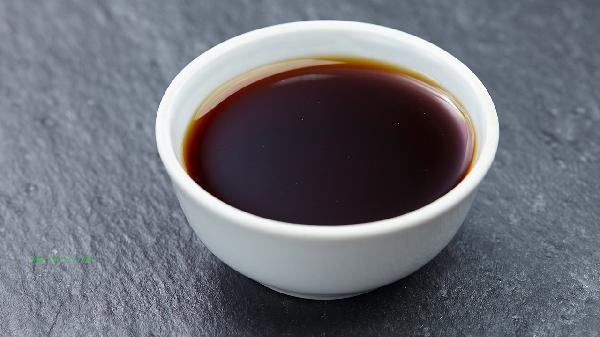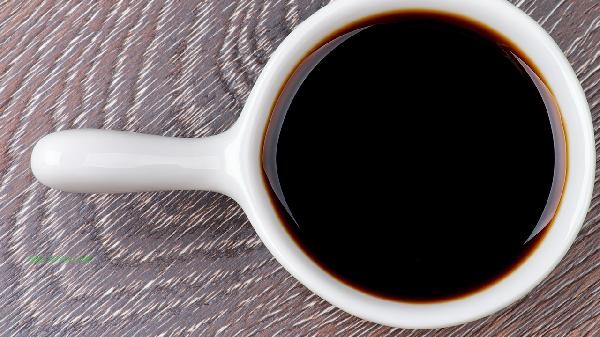The characteristics of good soy sauce mainly include a bright reddish brown color, a strong and pure aroma, a balanced taste of fresh and salty, a moderately thick texture, and a clean and additive free ingredient list.

1. Bright reddish brown color
High quality soy sauce presents a reddish brown color that is transparent and glossy. When shaking the bottle, it hangs evenly on the wall. This color comes from natural pigments produced by long-term fermentation of soybeans and wheat, without artificially adding caramel color. Poor quality soy sauce often turns black or gray in color and has poor transparency.
2. Rich and pure aroma
After opening the bottle of good soy sauce, you can smell obvious sauce and ester aromas, with a mellow and non pungent odor. The traditional brewing process produces over 300 aroma compounds, including natural ingredients such as furanone and maltol. Chemical soy sauce has a pungent sour or burnt taste.
Thirdly, the taste is harmonious between freshness and saltiness.
After entering the mouth, the savory substance monosodium glutamate is balanced with saltiness, resulting in a long and sweet aftertaste. High quality soy sauce has a high content of amino acid nitrogen and a natural taste. Poor quality soy sauce may be too salty or have a bitter taste, and some soy sauce that uses hydrochloric acid hydrolysis process may have a strong and abrupt taste.

Fourth, the texture is thick and moderate.
When poured out, the flow speed is uniform, and it can be briefly scooped when dropped. Appropriate viscosity indicates sufficient fermentation and compliance with soluble solids content standards. Soy sauce that is too thin may be mixed with water, while soy sauce that is too thick may have thickeners added.
5. The ingredient list is clean and free of additives.
The raw materials only contain water, soybeans, wheat, and salt, without preservatives or artificial colors. The traditional brewing soy sauce has a fermentation cycle of up to six months and relies on natural preservation with salt. Quick brewed soy sauce often contains preservatives such as sodium benzoate, and the ingredient list is complex.

When selecting soy sauce, observe whether there is precipitation on the bottle body. High quality soy sauce may have a small amount of amino acid crystals. Daily storage should be sealed away from light, and it is better to refrigerate after opening. When cooking, choose light soy sauce to enhance freshness or dark soy sauce to color according to the dish requirements. For cold dishes, it is recommended to use sterilized packaged brewed soy sauce. hypertensive patients should pay attention to controlling the amount of soy sauce used, and can choose low salt soy sauce to replace some salt intake.








Comments (0)
Leave a Comment
No comments yet
Be the first to share your thoughts!